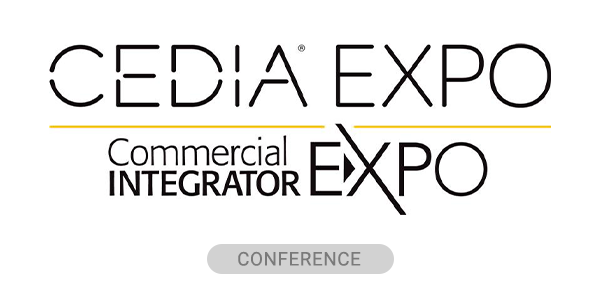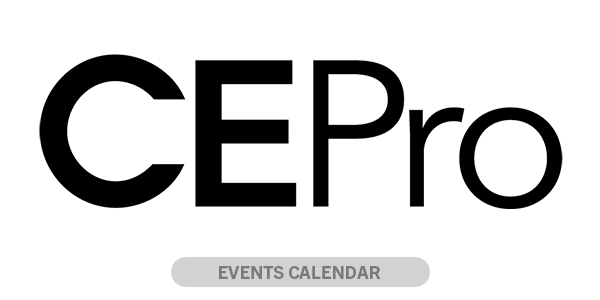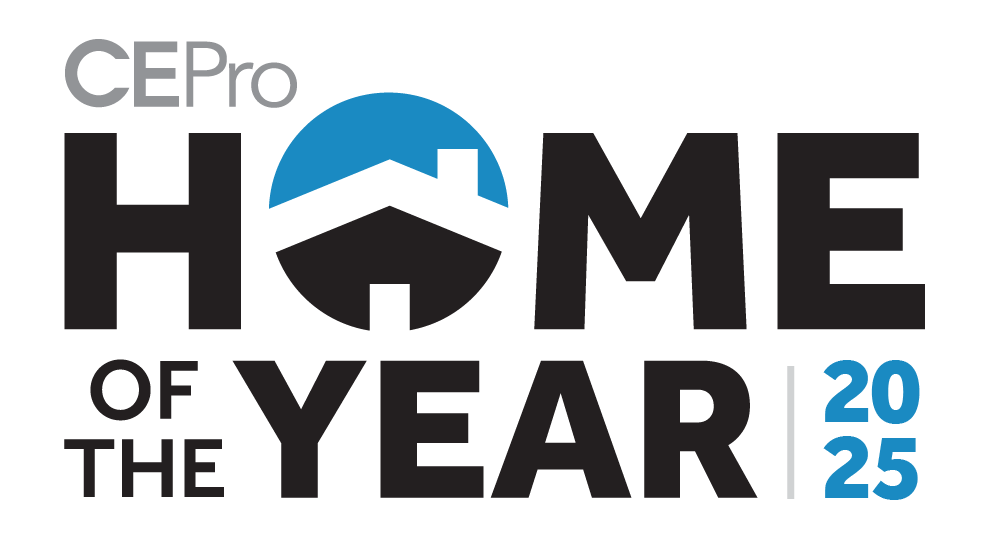Understanding the ins and outs of 4K can be painful, especially when your customers are asking for the latest and greatest technology, and you’re not quite sure how to make that happen.
When customers request something new or different, how do you ensure they get the system they want, while future-proofing jobs as 4K technology keeps changing?
Let’s unpack what’s behind the wires.
THE BUZZWORD VS. THE SCIENCE
When you run a 4K system, every cable and device in your wheelhouse must support a specific bandwidth – at least 10.2Gbps, according to Jeff Boccaccio, President of DPL Labs.
As the TV industry quickly shifted from HDMI spec 1.4 to 2.0, HDMI cables shifted with them. Many cables now transmit up to 18Gbps of bandwidth to create a bigger pipeline for increased data; it’s why they’re considered the most straightforward 4K solution.
HDBaseT, on the other hand, is still limited to 10.2Gbps. As their technology advances to support 18Gbps video formats like 4K HDR or the “true” 4K (an uncompressed signal of 4K @ 60Hz 4:4:4), HDBaseT will keep using light compression to transmit 4K signals.
These HDMI spec differences, including higher frame rate refresh levels, better contrast, and sharper color depth, created two main benchmarks you should keep in mind when consistently designing 4K and 4K HDR solutions:
- 4K products must have a bandwidth of less than or equal to 10.2Gbps, and support HDMI 2.0, HDCP 2.2, and 4K @ 60 Hz. This includes up to 4K @ 60Hz 4:2:0 with 8bit color. It also includes other video formats below 10.2Gbps.
- 4K HDR products must have a bandwidth between 10.2 and 18Gbps, and support at least HDMI 2.0, HDCP 2.2, and 4K @ 60Hz, including 4K @ 60Hz 4:4:4. This type of product must meet category specifications for HDR and would include support for Dolby Vision and HDR 10.
The differences between typical HDR content and other 4K benchmarks all come down to product and signal compatibility.

YOUR BEST INSTALL OPTIONS
Let’s say you’re planning a 4K install. You have two main ways to set up a 4K system, since there are no current media over IP solutions for 4K. One is by running HDMI cables, and another is using an HDBaseT solution to transmit the signal over longer distances.
Premium Certified HDMI cables are the easiest solution; SnapAV just released a certified version of their popular Binary B6 cable earlier this month.
Once you know your cables will transmit 4K Ultra HD at 18Gbps, all you have to do is ensure that all system devices support that bandwidth. Let’s use projection as an example, since 4K is requested in a lot of home theaters.

Say your customer wants a 4K Ultra HD projector but doesn’t want to drop twenty-five grand on a single piece of equipment. BenQ’s HT8050 is an affordable DLP 4K projector with 8.3 million distinct pixels and THX® Display Certification. This makes it highly competitive over brand name projectors who upscale an HD signal, then call the result 4K. (This type of signal is sometimes known as “faux-K,” or Enhanced 4K.)
Because BenQ was built to handle the luminosity and color depth differences required for 4K Ultra HD transmissions at 18Gbps, it’s able to show end users a crisper 4K signal than many 4K HDR projectors.
Picking product all goes back to compatibility and signal transmissions. If you want a 4K projection system, make sure you’re not choosing products based on buzzwords.
BUT WHAT ABOUT SOURCE CONTENT?
Your customer probably doesn’t care about bandwidth or compatibility issues. All they want to know is what their new system will let them show in 4K.
Right now, there’s not a lot of native 4K content out there, which many end users don’t know. As you shop for smart TVs, Blu-Ray players, and other local sources, you can realistically ensure your customer gets some 4K content in the majority of the installs they request as long as your system can support 18Gbps.
Junior’s room is never going to do 4K HDR with a castoff TV and an HDBaseT extender. But if they’re asking for a 4K home theater in the living room with a projector and a screen connected to an Ultra HD Blu-Ray player, that’s something you can agree to without wondering how the heck you’ll pull it off.
DON’T FAIL TO PLAN – PLAN FOR 4K
Here’s three more ways you can ensure each 4K install will go smoothly:
- Make sure you’re ordering the correct products you need, around the timeframe that you need them, so random 4K devices aren’t sitting unused on the shelf for several months until they find a home. Shipping and ordering policies are key here.
- Keep an eye on your profit margin. If your customer has heard of Sony, but doesn’t know about BenQ’s installer-only line, Integrator’s Choice, that protects your profit margin, don’t be afraid to steer them in another direction.
- Don’t rely on quick day trips to fix inventory mistakes. If you’re making a panicked local pick-up run for HDMI cables on the morning of the install, that time could be used to sell more equipment, configure jobs, or get things done back at the office.
Bottom line: 4K is complicated, but your install doesn’t have to be.
And a little bit of strategic thinking before you get out the cut sheets will go a long way.






